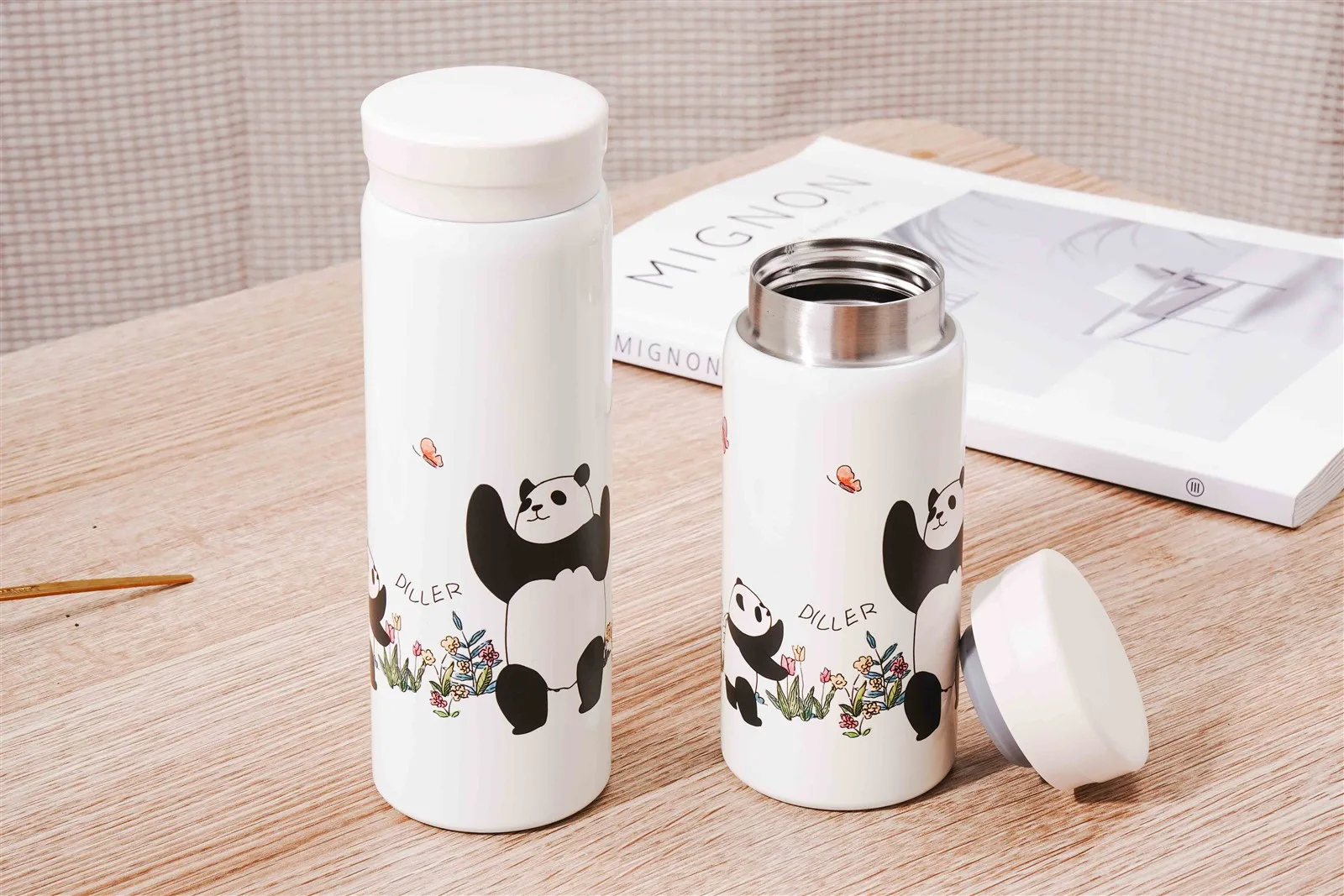In modern life, water bottles have become an indispensable part of our daily routines. Whether at work, school, or during exercise, carrying a bottle of water is not only convenient but also a reminder to stay hydrated. However, discussions about the potential health risks of Bisphenol A (BPA) have made more people pay attention to the materials and safety of their water bottles. This article will explore which water bottles are BPA-free and how to choose and use safe water bottles.
Introduction to BPA
Bisphenol A (BPA) is an industrial chemical widely used in the production of certain plastics and resins. Since the 1960s, BPA has been used to manufacture polycarbonate plastics and epoxy resins. Polycarbonate plastics are often used to make food and beverage containers such as water bottles, tableware, and storage containers. Epoxy resins are used in the lining of food cans. BPA is widely used because it increases the durability and transparency of plastics. However, studies have shown that BPA can leach into food and beverages, potentially entering the human body and negatively impacting health.
Health Impacts of BPA
BPA is considered an endocrine disruptor that can mimic estrogen in the body, interfering with the endocrine system. Numerous studies have indicated that prolonged exposure to high concentrations of BPA can lead to various health issues, including:
1. Reproductive System Problems: BPA may affect the development of reproductive organs, leading to decreased sperm quality in men and infertility in women.
2. Developmental Issues: For fetuses, infants, and children, BPA can interfere with brain and behavioral development.
3. Metabolic Problems: BPA may be associated with obesity, type 2 diabetes, and cardiovascular diseases.
4. Cancer: Some research suggests that BPA exposure may be related to the occurrence of breast and prostate cancer.
Given these potential risks, choosing BPA-free water bottles becomes particularly important.
BPA-Free Water Bottle Materials
To avoid the potential hazards of BPA, the market offers various BPA-free water bottles. These bottles typically use the following safe materials:
1. Stainless Steel: Stainless steel water bottles are durable and do not release harmful substances into drinking water. High-quality stainless steel bottles often use food-grade 18/8 stainless steel (304 stainless steel), which is BPA-free and free of other harmful chemicals.
2. Glass: Glass water bottles are one of the safest options because glass does not react with liquids or release any chemicals. However, glass bottles are fragile and need careful handling during use.
3. High-Density Polyethylene (HDPE) and Low-Density Polyethylene (LDPE): These materials are often used for making disposable and reusable plastic water bottles. They are BPA-free but less durable compared to stainless steel and glass.
4. Polypropylene (PP): Polypropylene is another BPA-free plastic often used for baby bottles and food containers. It has good heat resistance and chemical stability.
5. Tritan Plastic: Tritan is a high-performance plastic that is BPA-free and free of other harmful chemicals, widely used in making high-end sports water bottles and drinking cups. Tritan material is durable and transparent and resistant to breaking.
How to Choose a Safe Water Bottle
Choosing a safe water bottle involves considering the material and paying attention to the following points:
1. Check Labels and Certifications: When purchasing a water bottle, check the product label to confirm it explicitly states “BPA-free.” You can also choose products certified as food-grade, such as those certified by the FDA (U.S. Food and Drug Administration).
2. Brand Reputation: Choose reputable brands and manufacturers with a good reputation to ensure product safety and quality.
3. Usage Temperature: Some materials may release harmful substances at high temperatures. Therefore, choose water bottles that can withstand high temperatures and avoid exposing plastic bottles to high-temperature environments such as direct sunlight or soaking in hot water.
4. Daily Maintenance: Regardless of the material of the water bottle, regular cleaning and maintenance are crucial. Regularly wash the bottle and ensure it is thoroughly dried to prevent bacterial growth.
Tips for Using Safe Water Bottles
1. Regular Replacement: Even BPA-free water bottles can wear out over time. Regularly check the condition of the bottle and replace it if there are signs of wear, deformation, or unusual odors.
2. Avoid Chemical Cleaners: When cleaning the bottle, use warm water and mild detergent. Avoid strong acids or alkalis to prevent damaging the bottle material.
3. Avoid Strong Impacts: Glass bottles are fragile, and stainless steel bottles can deform or get damaged by strong impacts. Handle them carefully to avoid dropping or putting them under heavy pressure.
4. Pay Attention to Sealing: The bottle’s sealing ability is an important consideration. Choose bottles with good sealing designs to prevent leaks and bacterial contamination.
In daily life, choosing a safe, BPA-free water bottle is crucial for protecting your health. By understanding the risks of BPA and the pros and cons of different water bottle materials, you can make a more informed choice. Proper use and maintenance can also extend the bottle’s lifespan and ensure the safety and health of your drinking water. Whether choosing glass, stainless steel, or other BPA-free materials, using them scientifically and rationally will safeguard our health.


